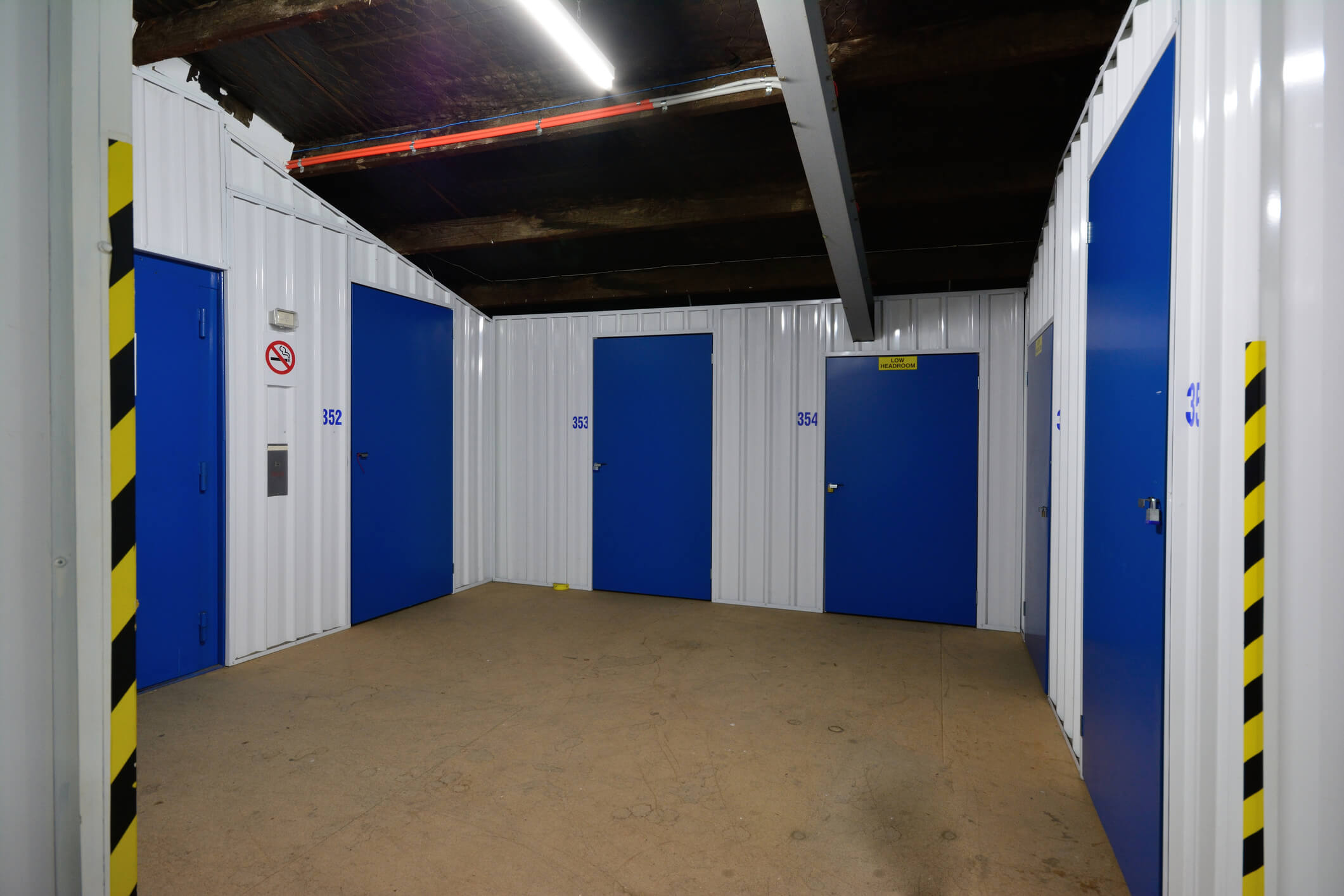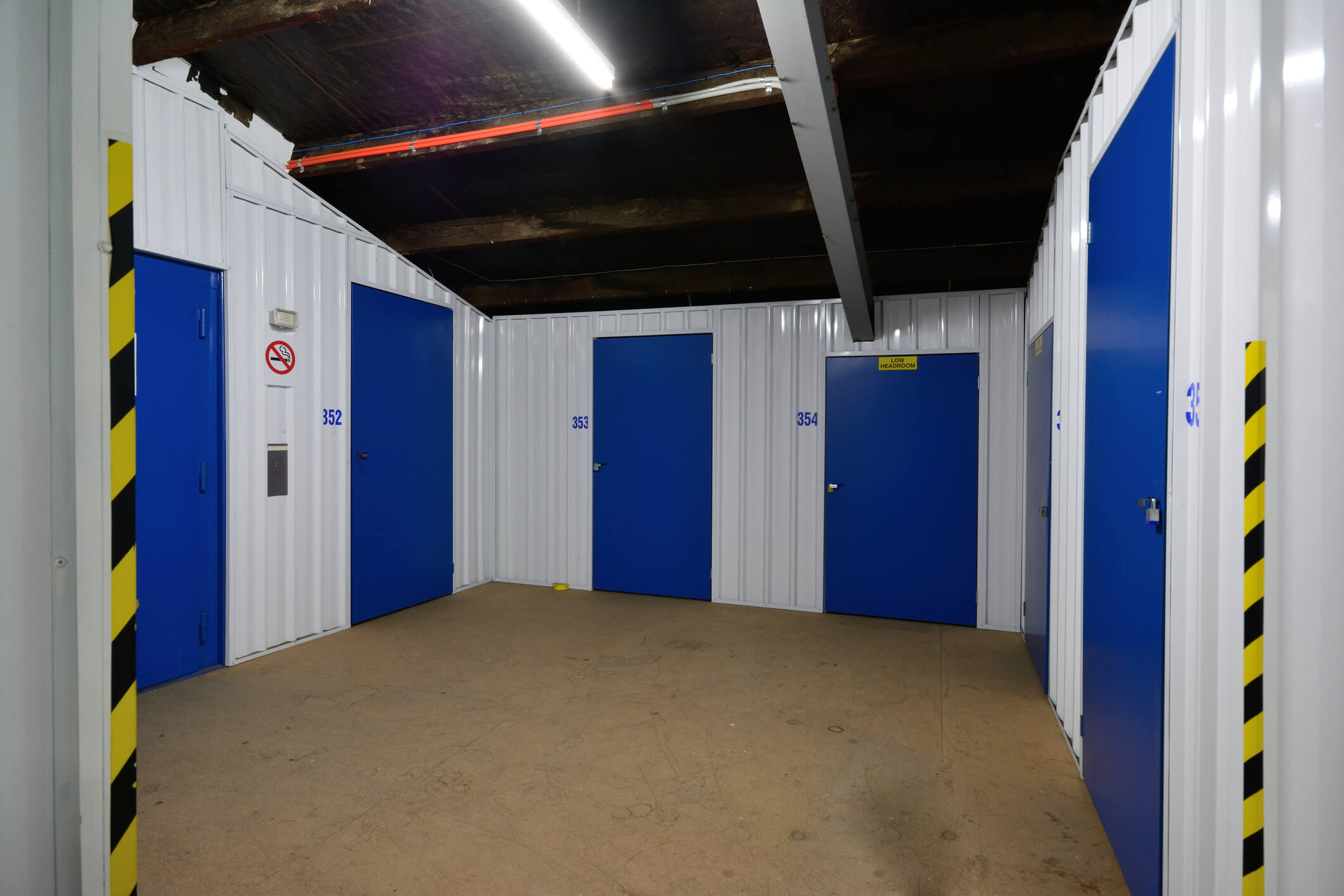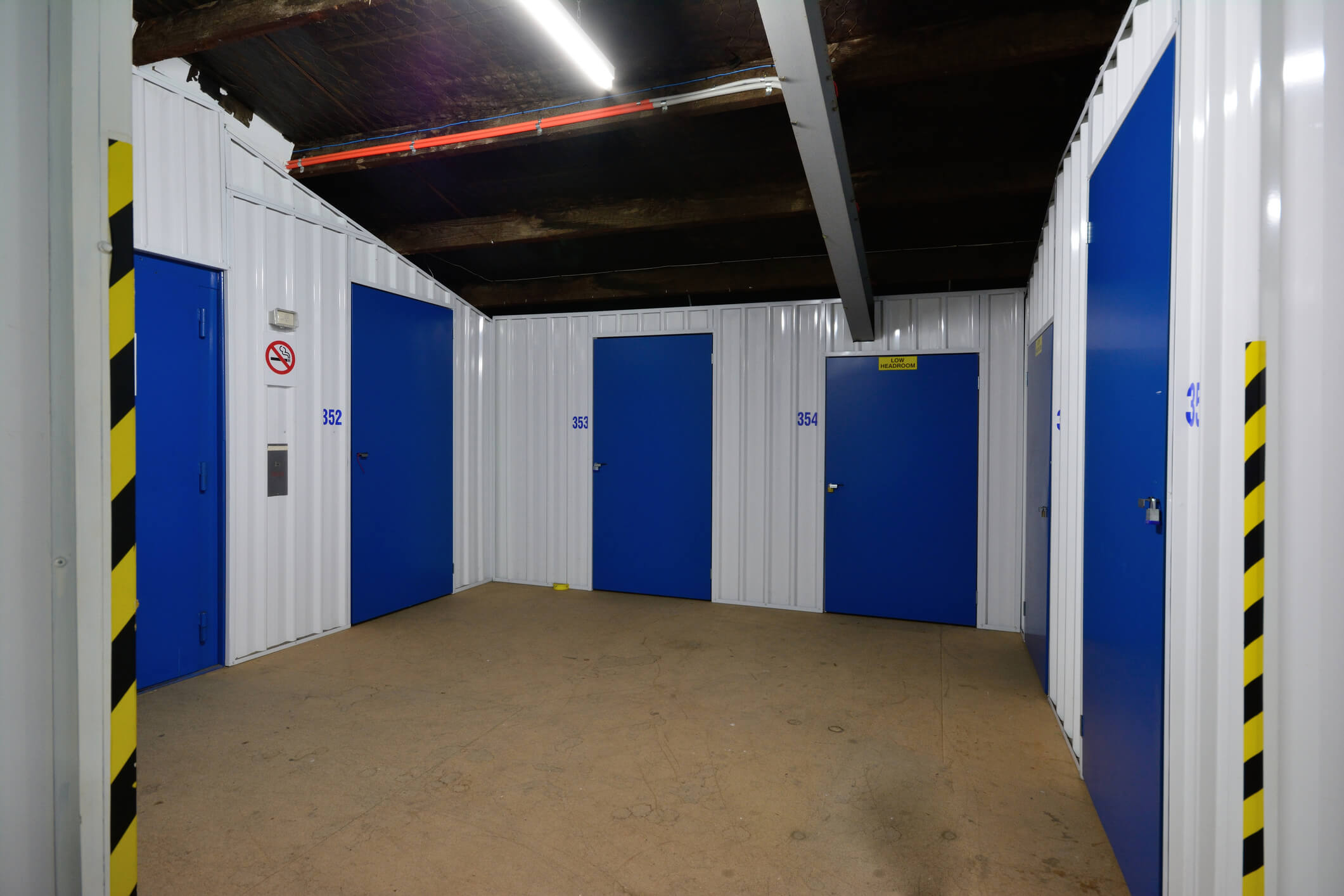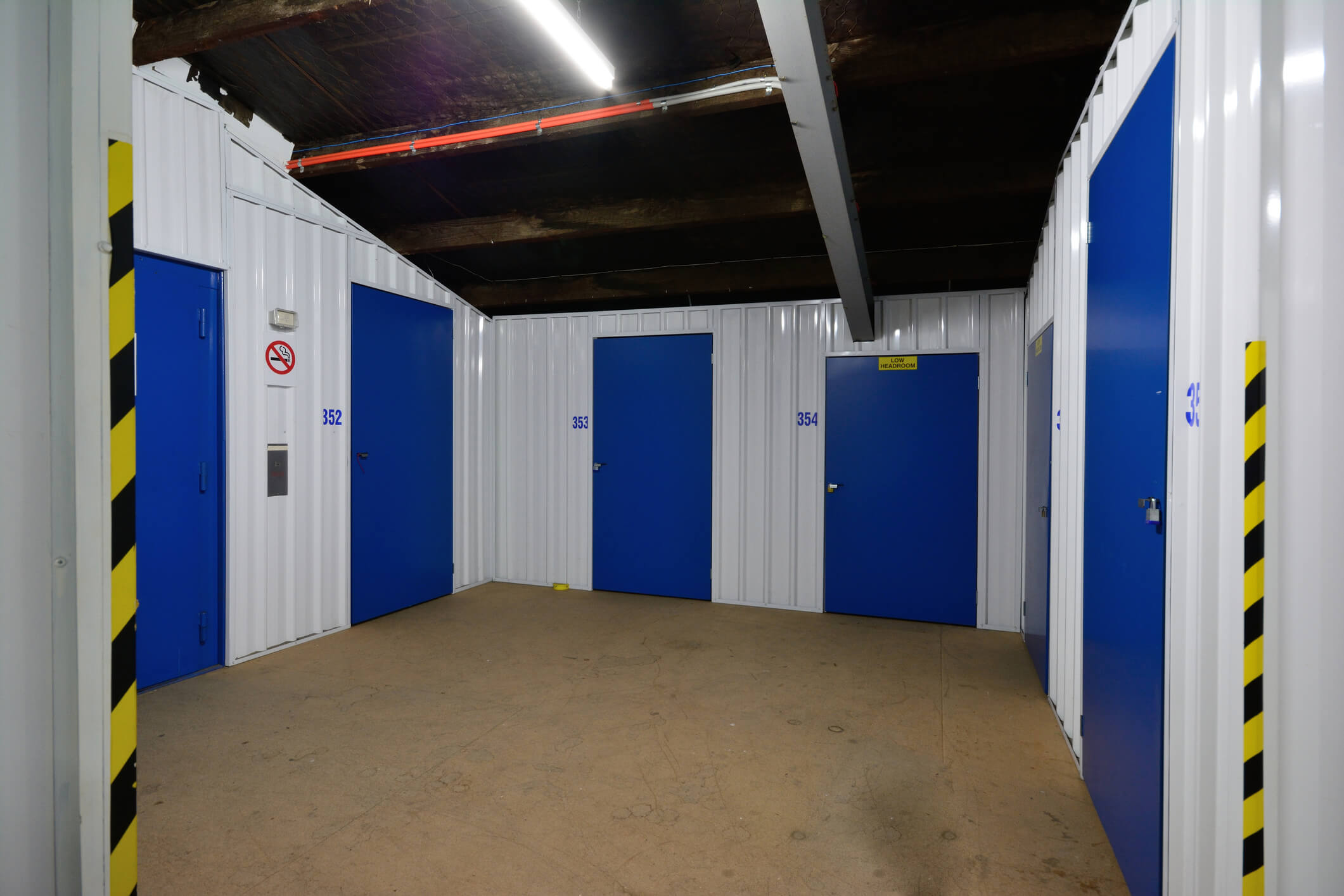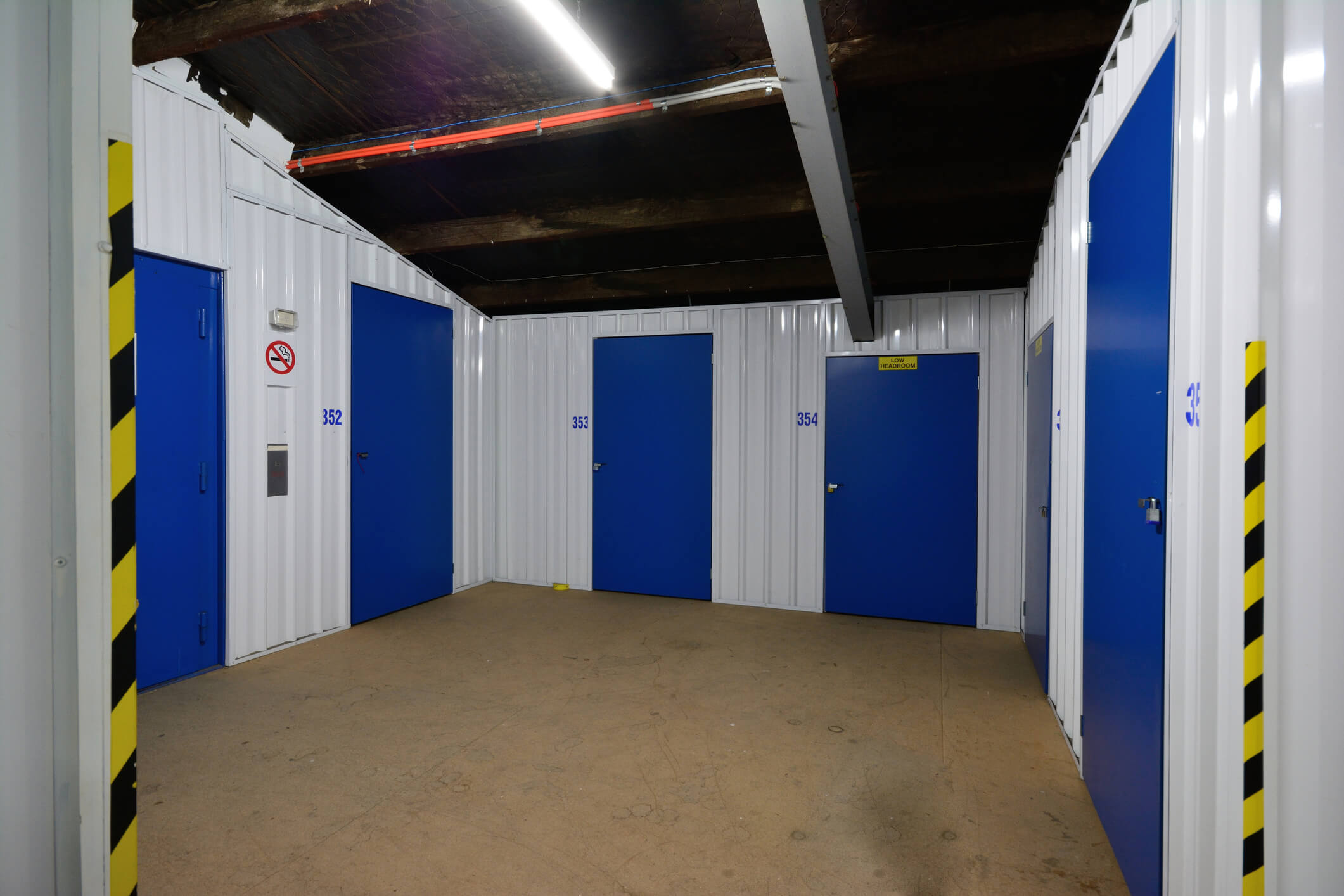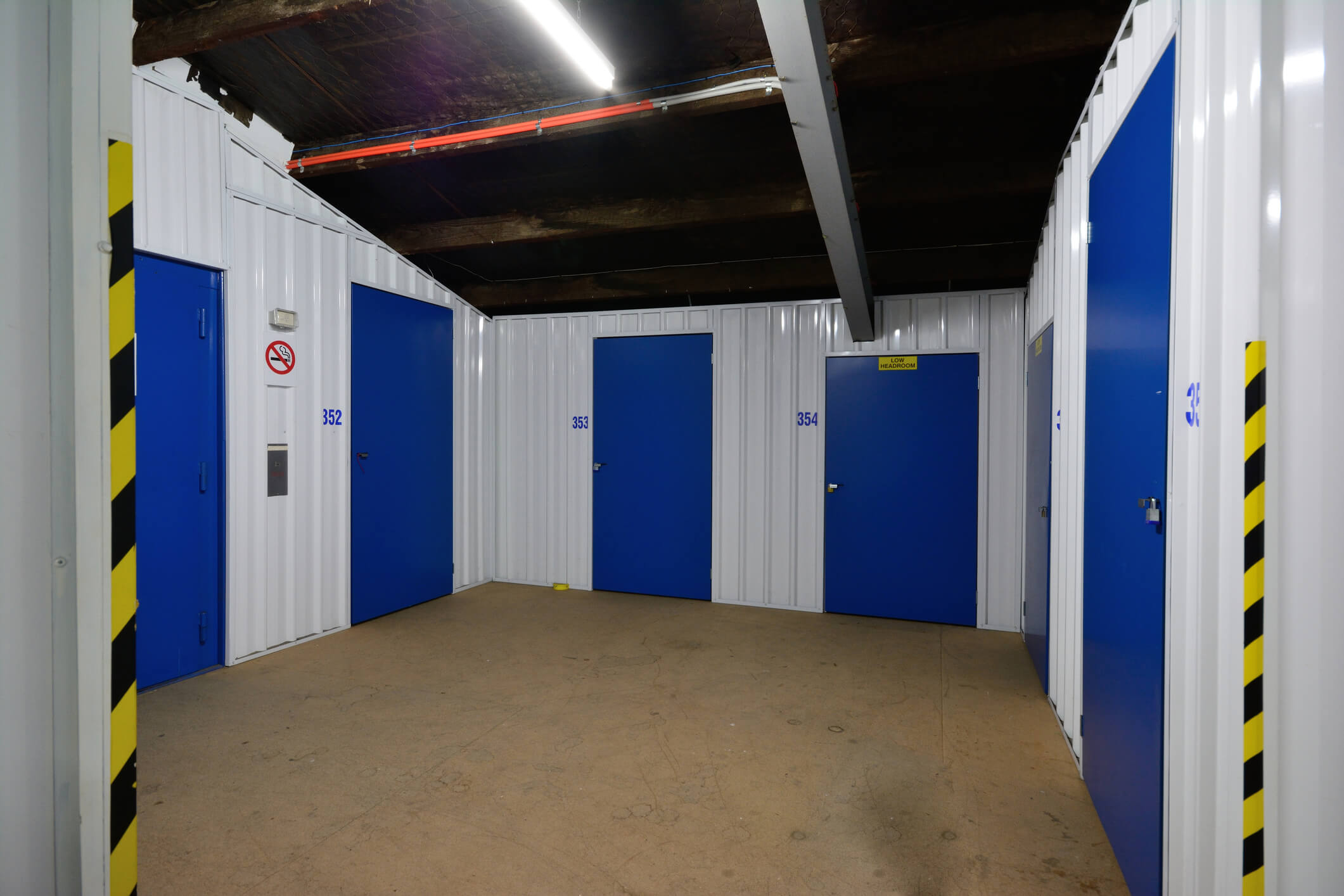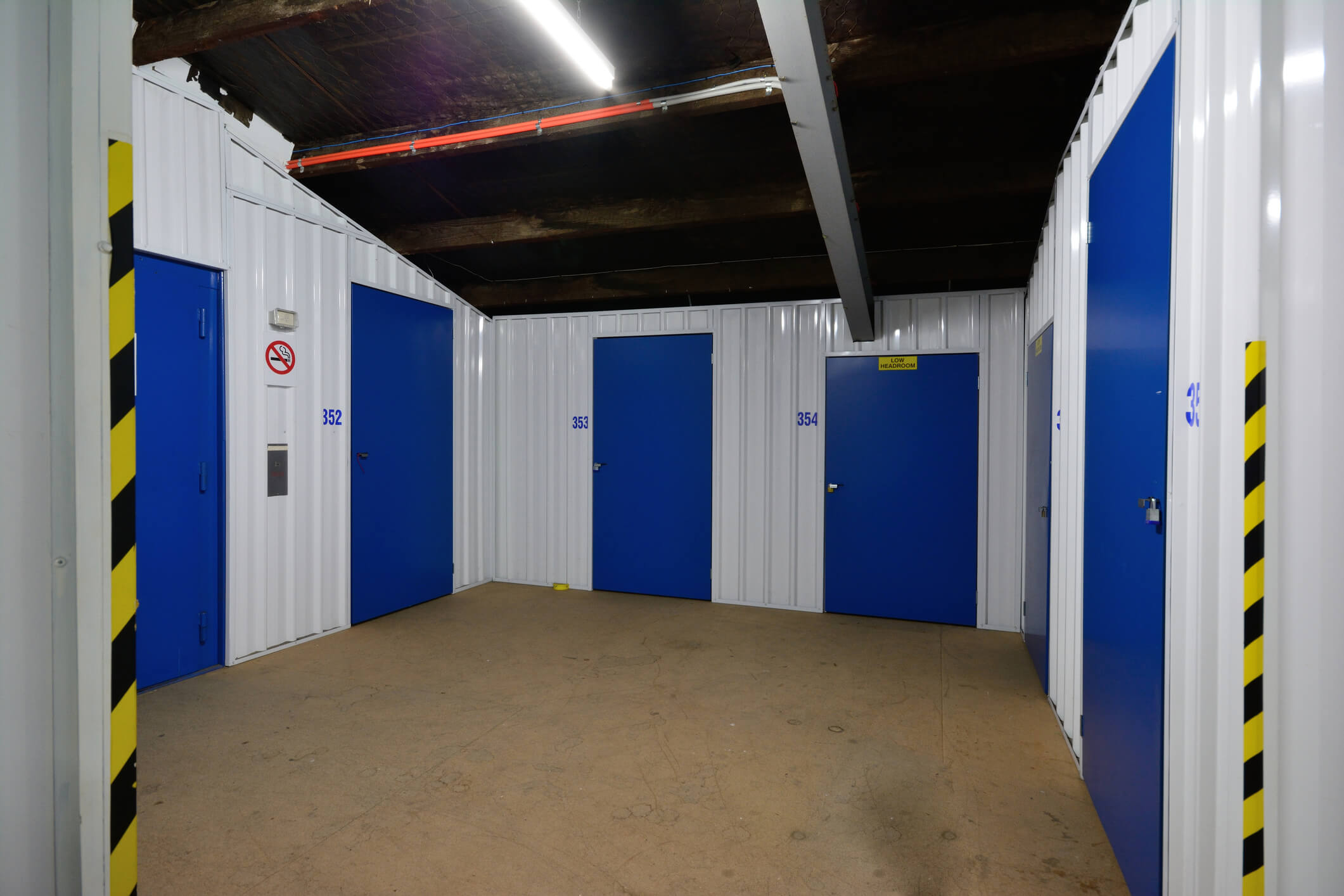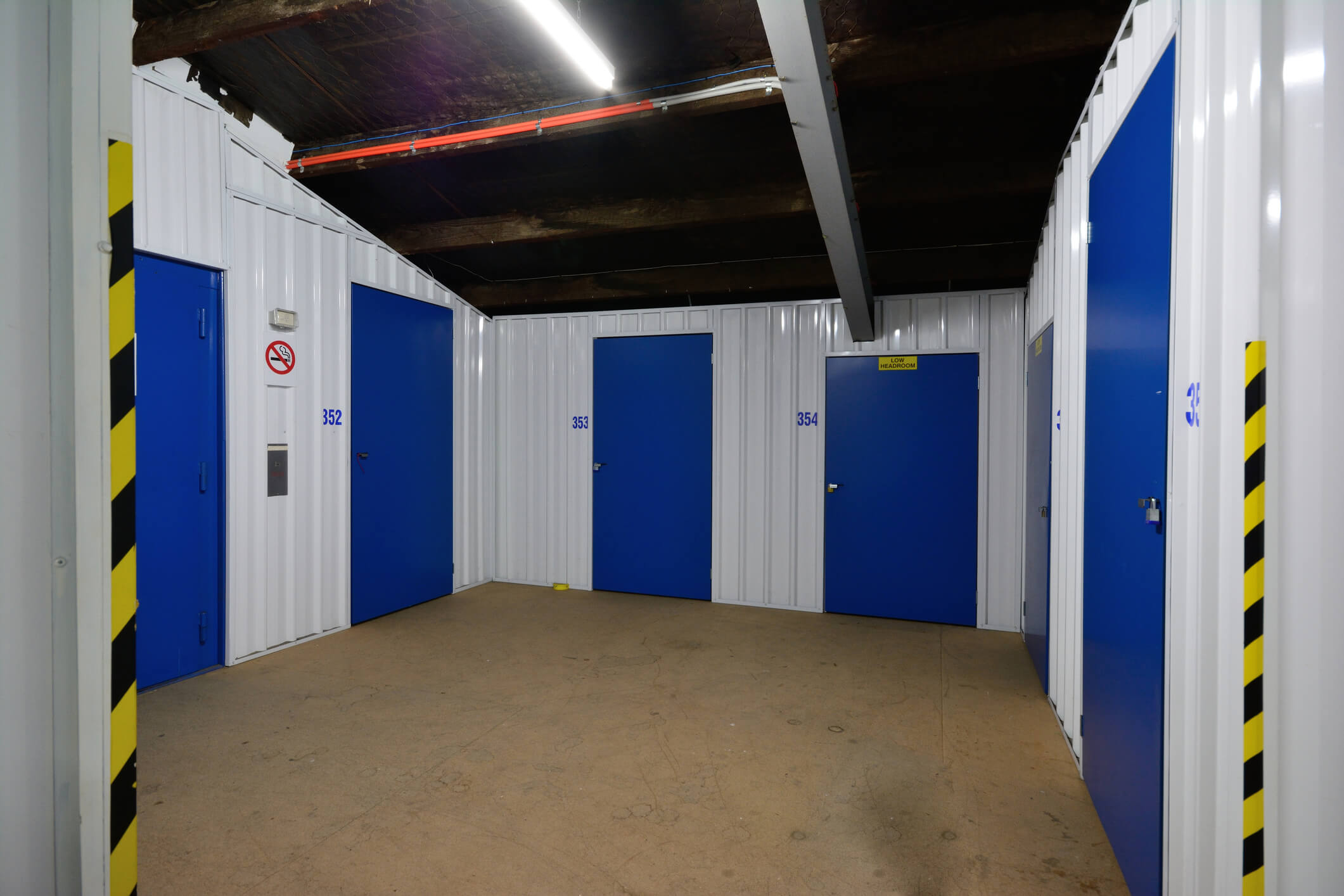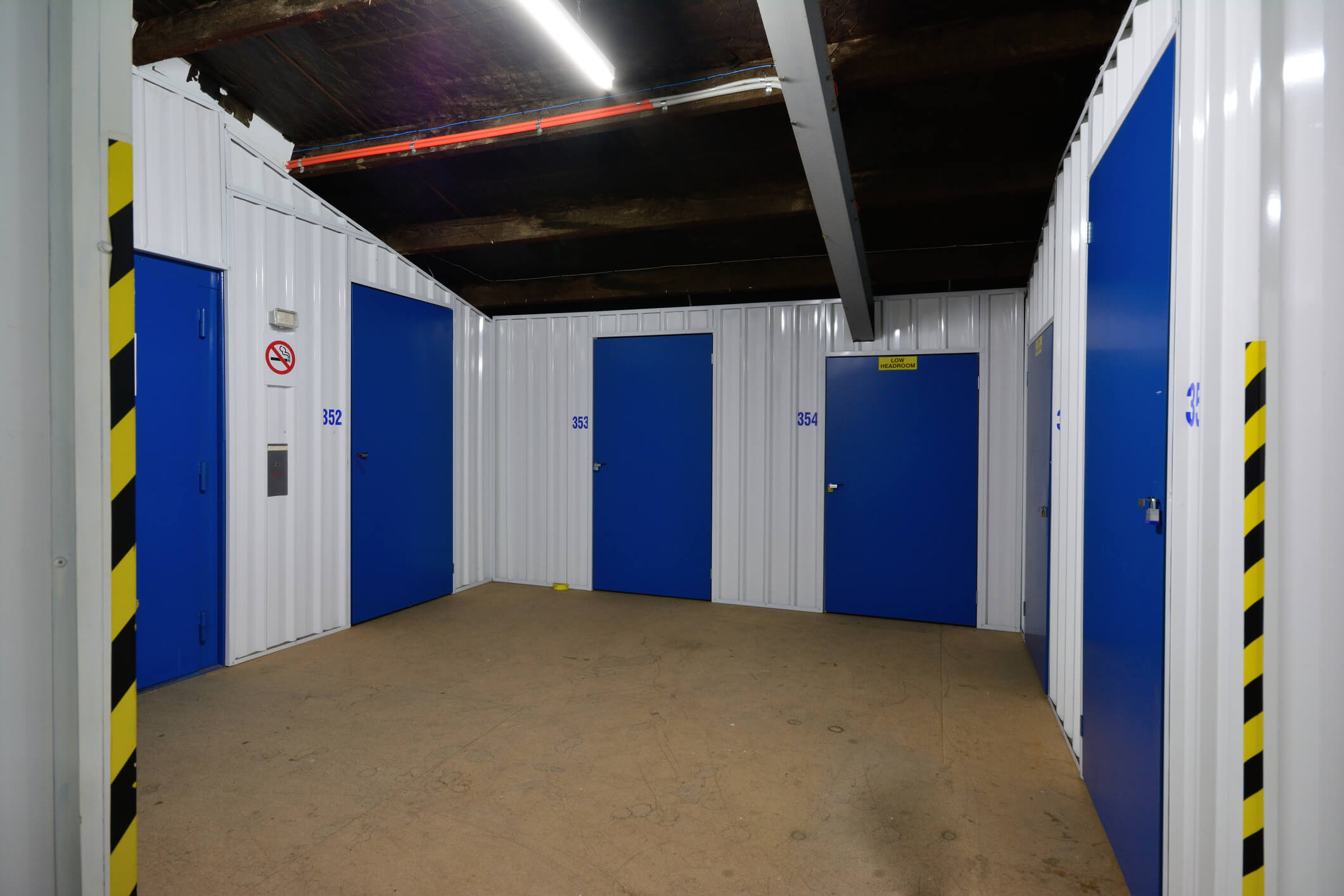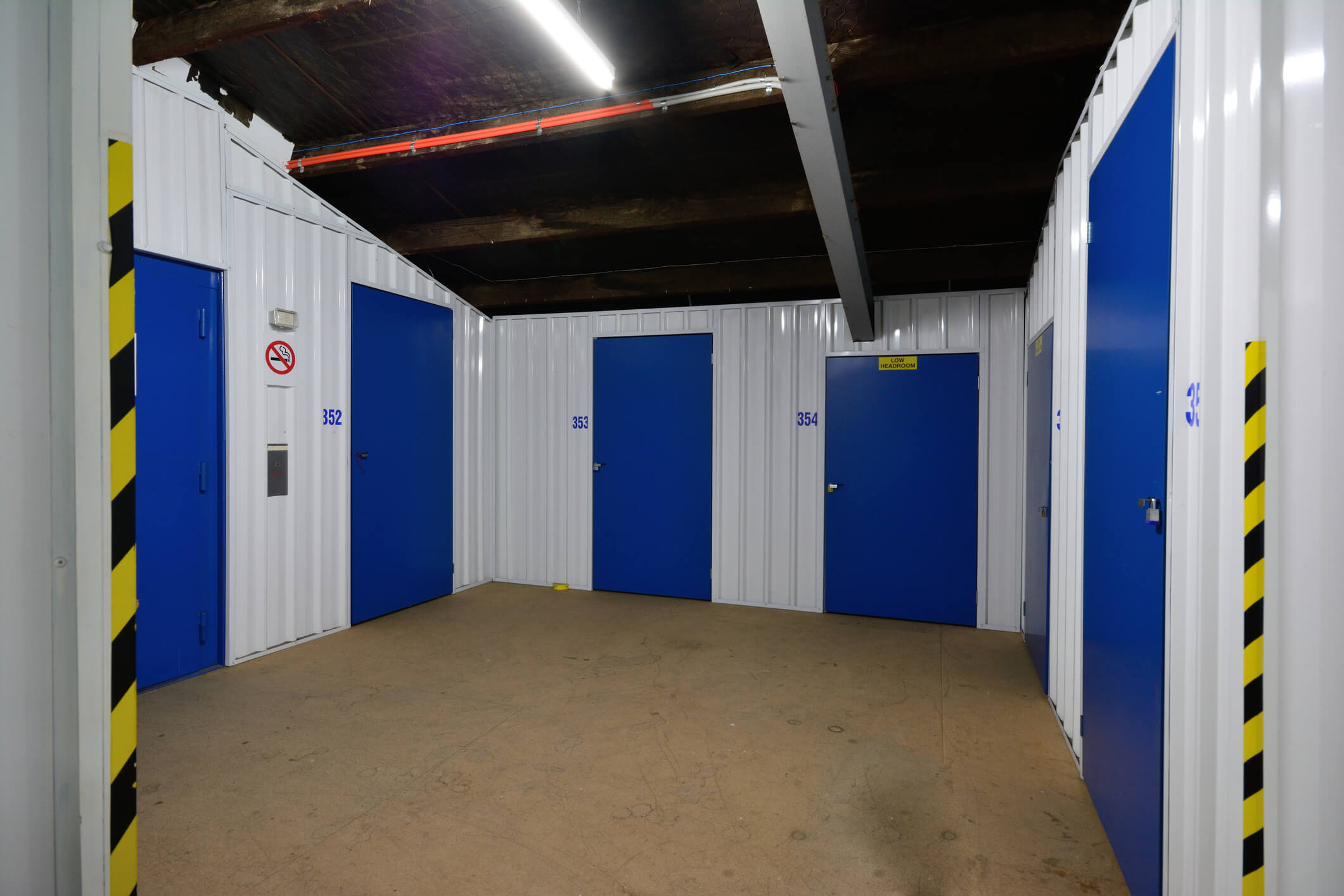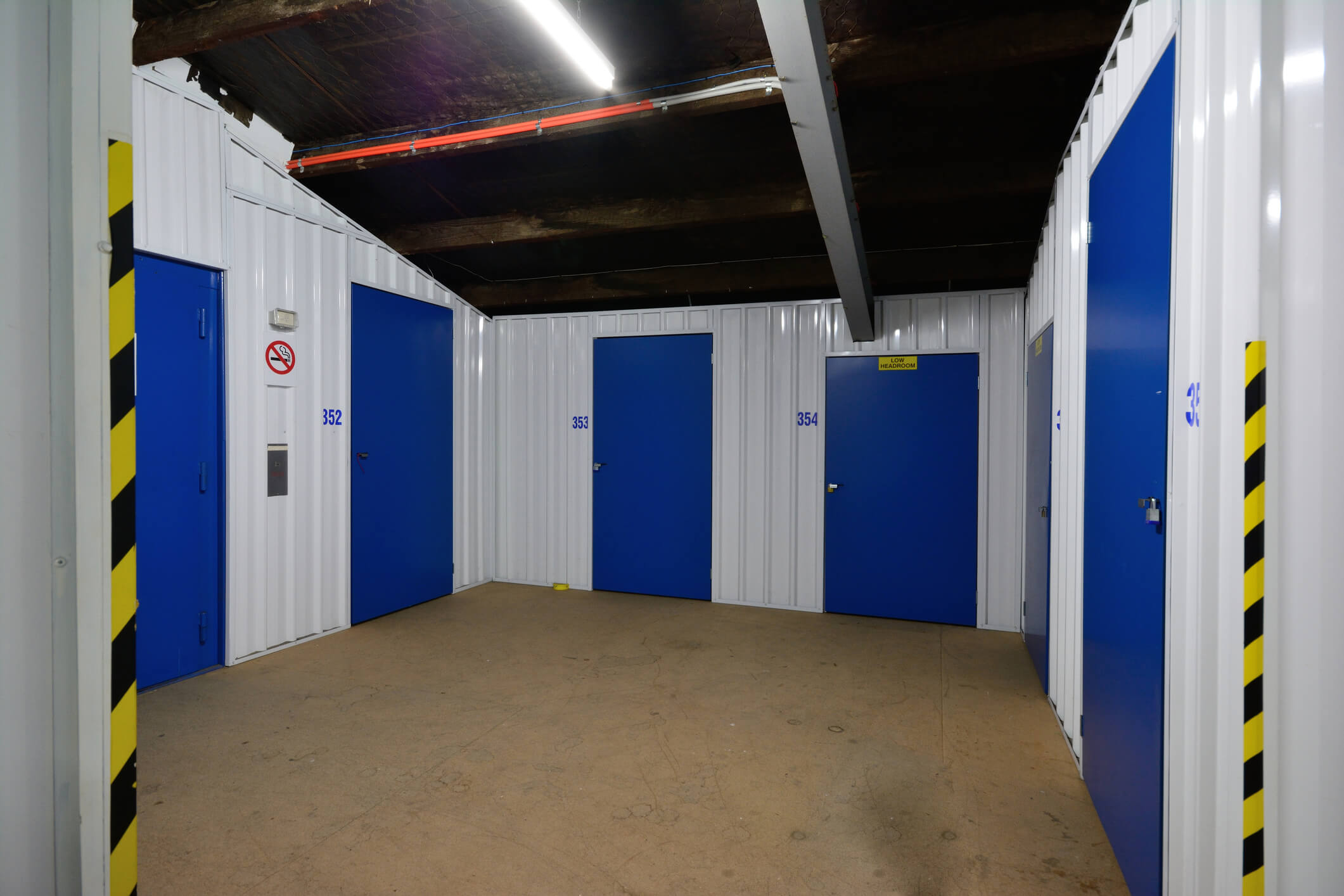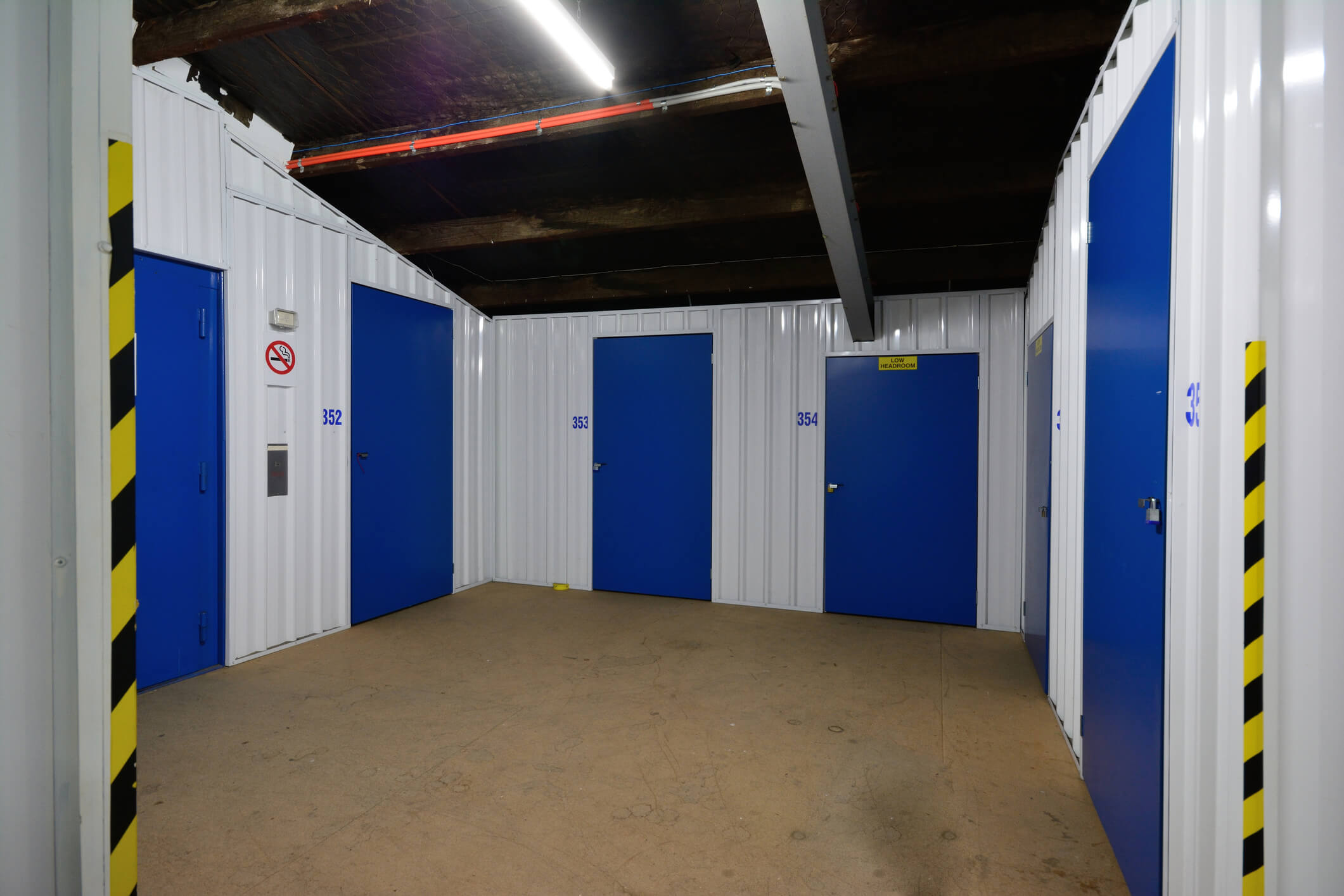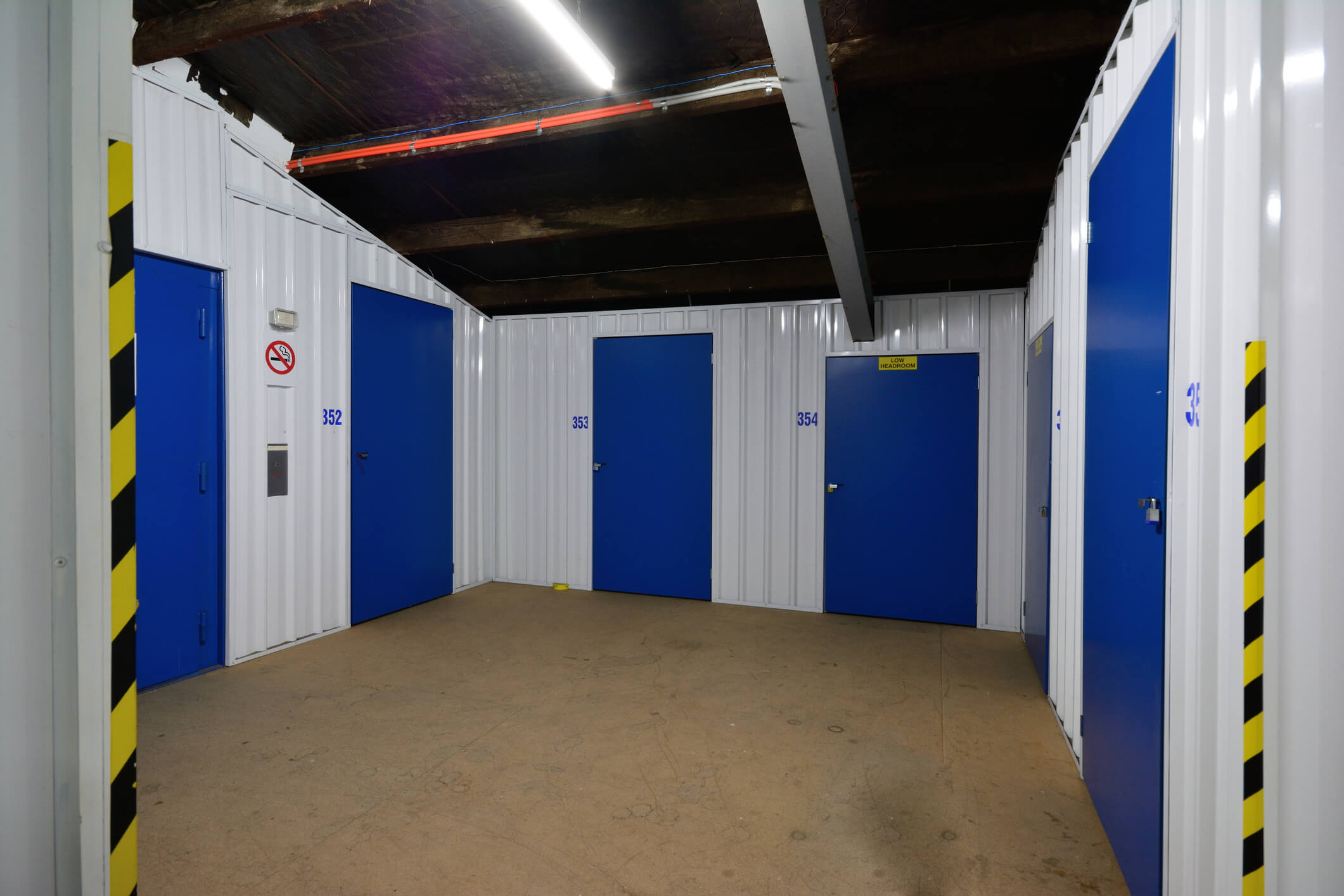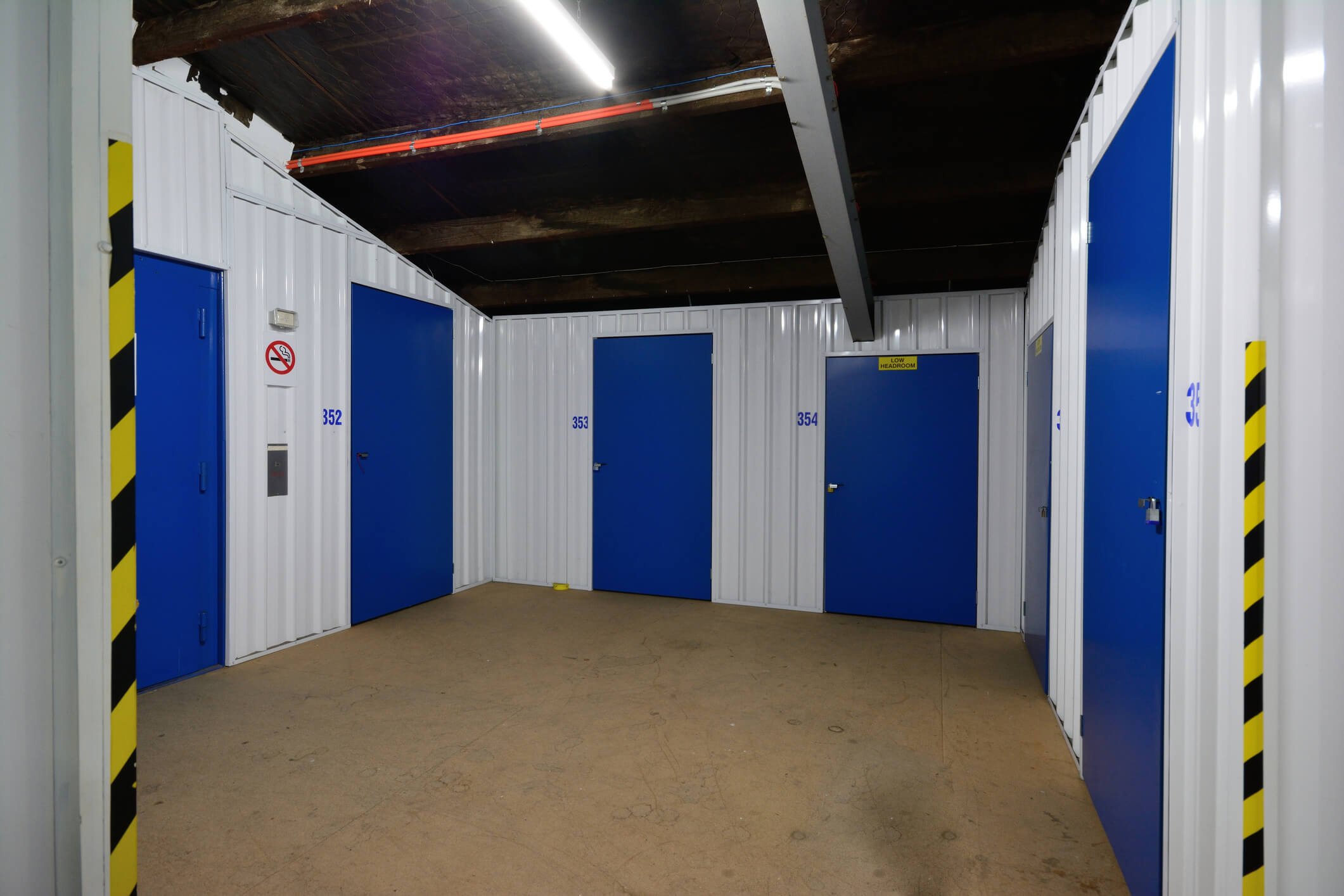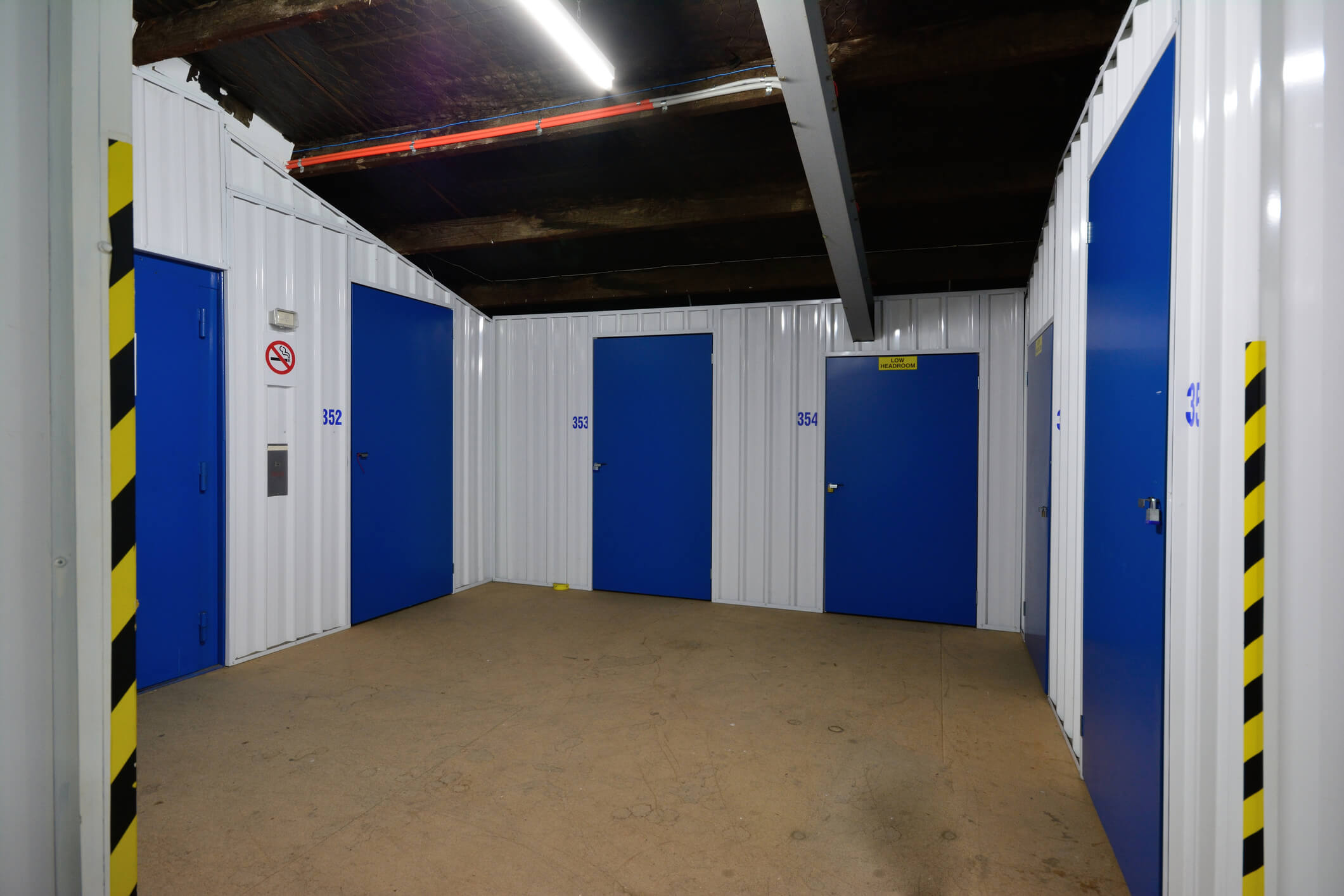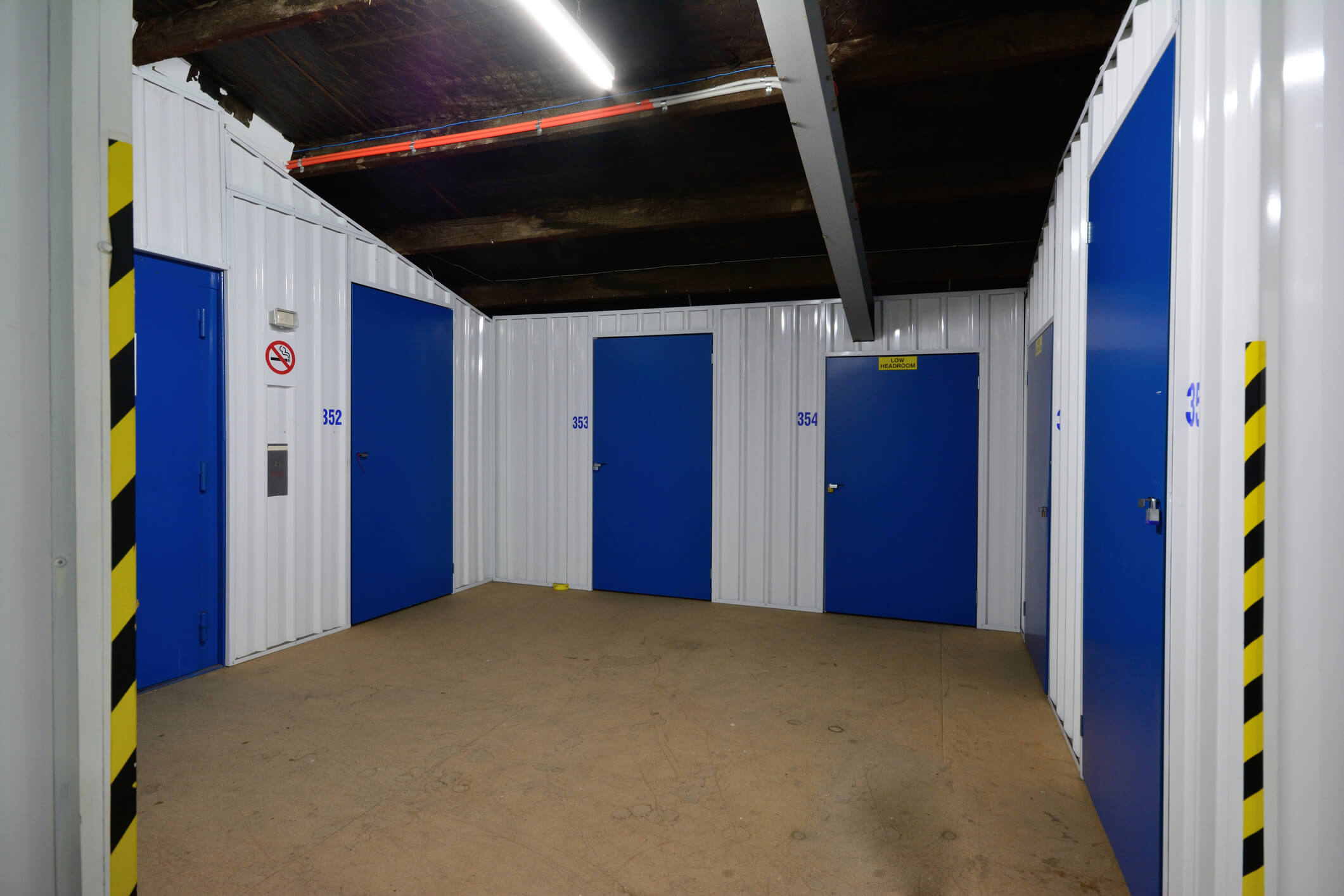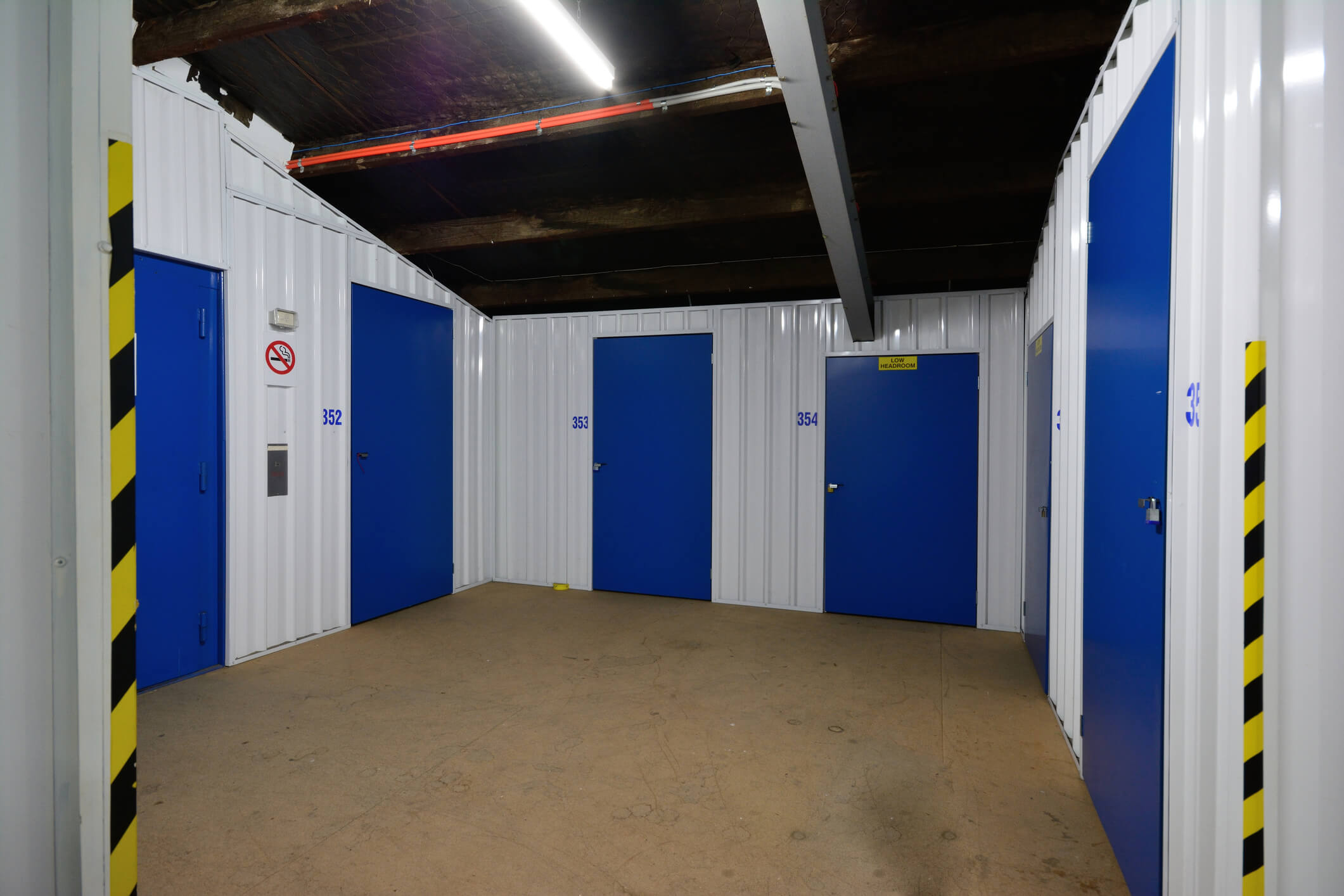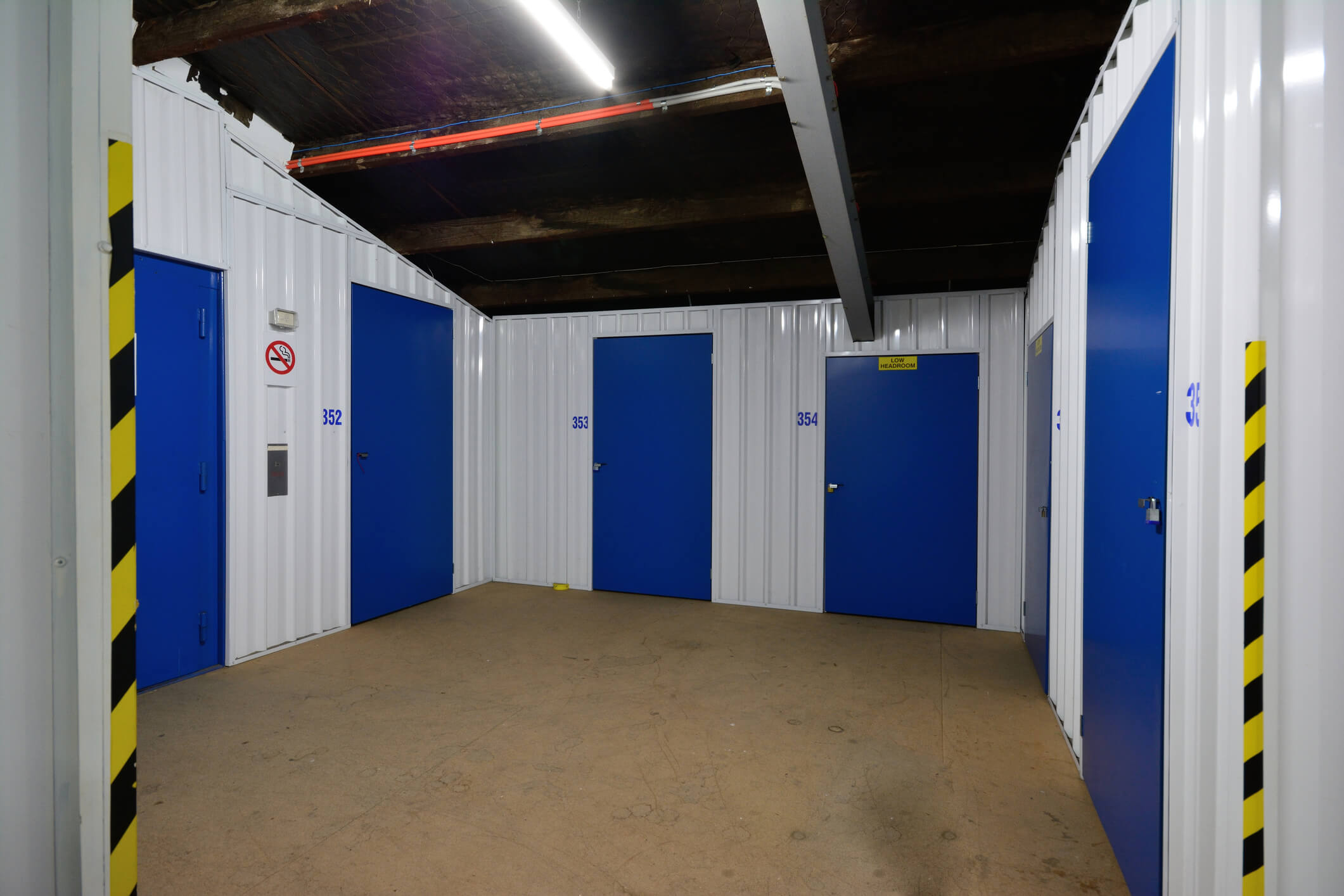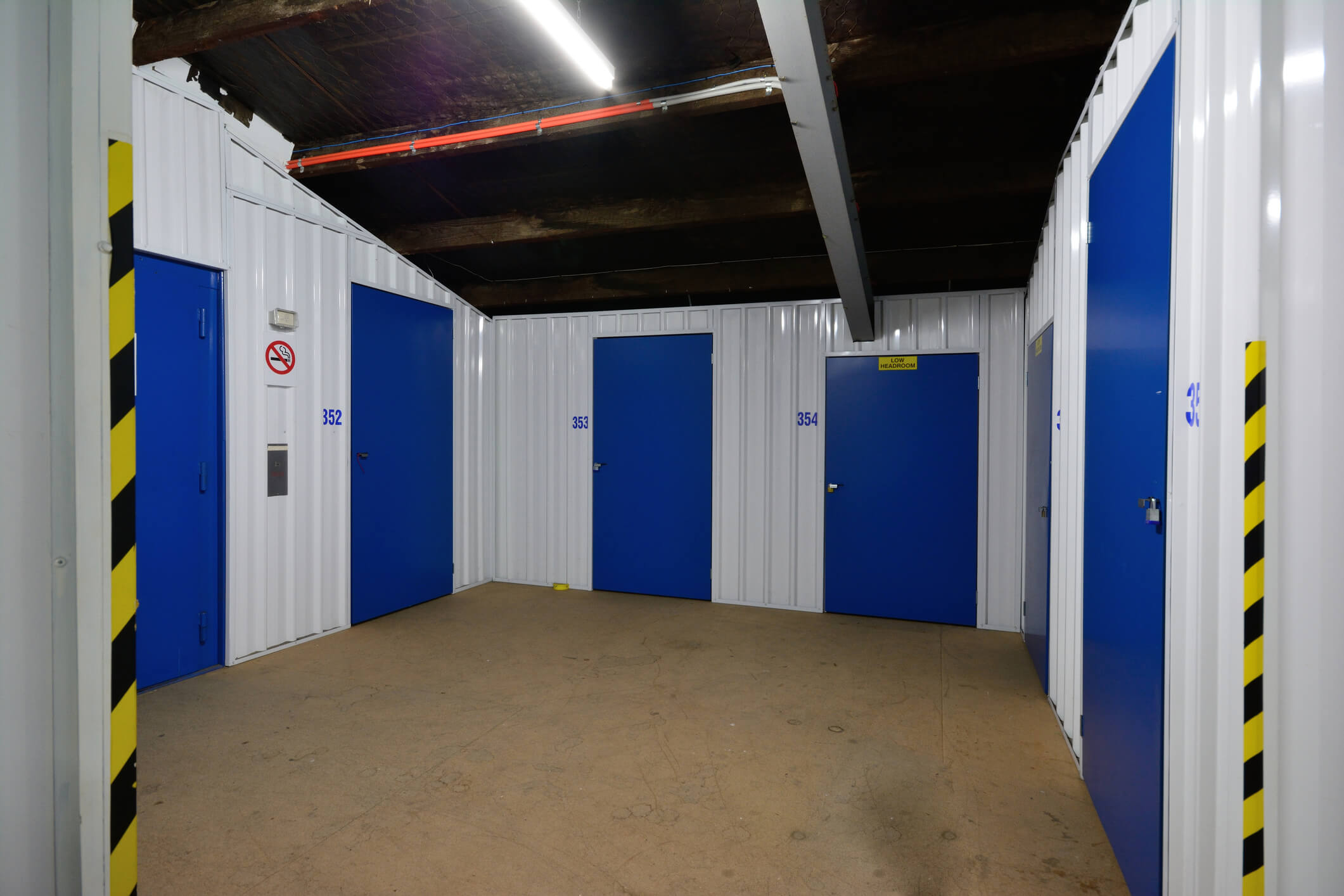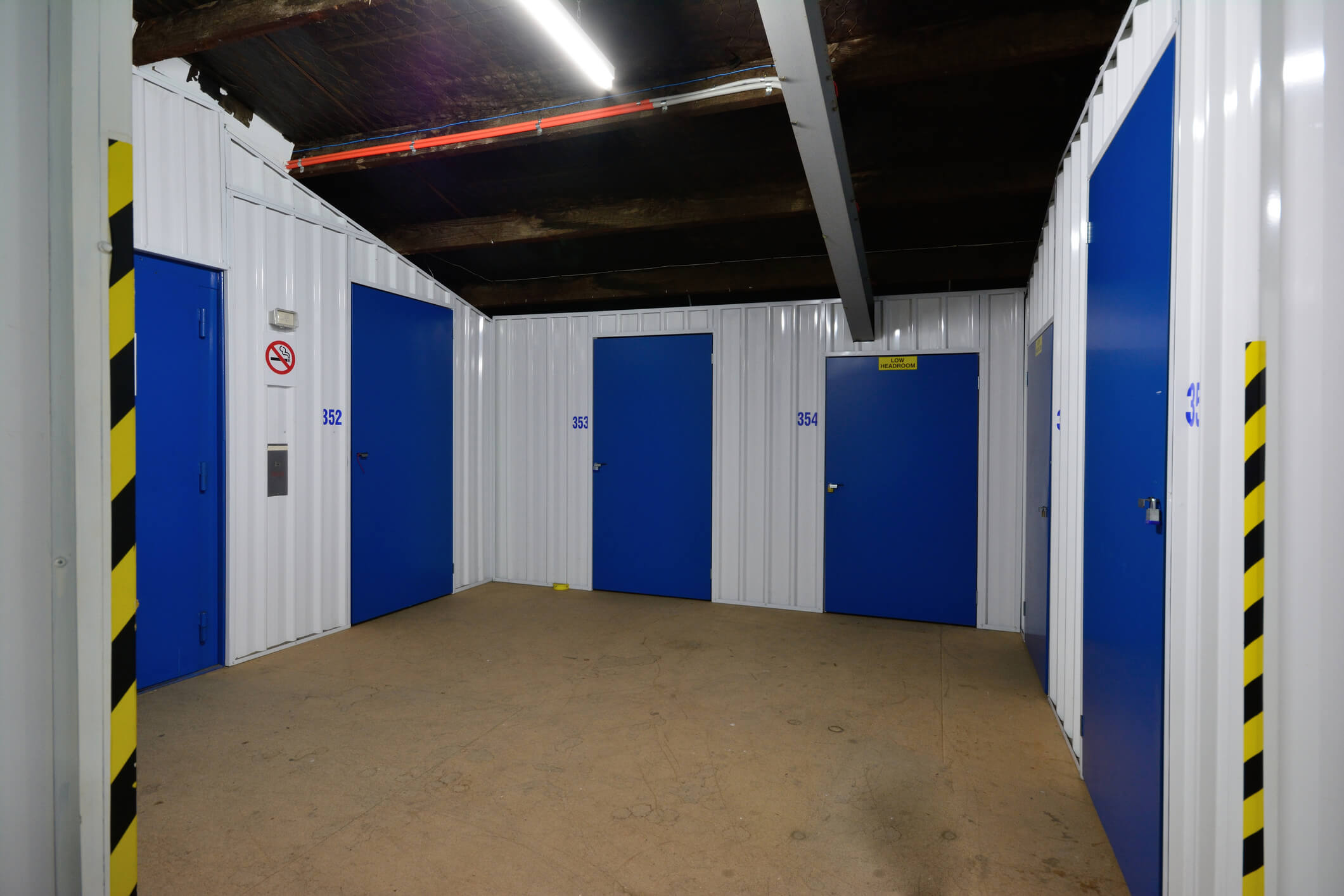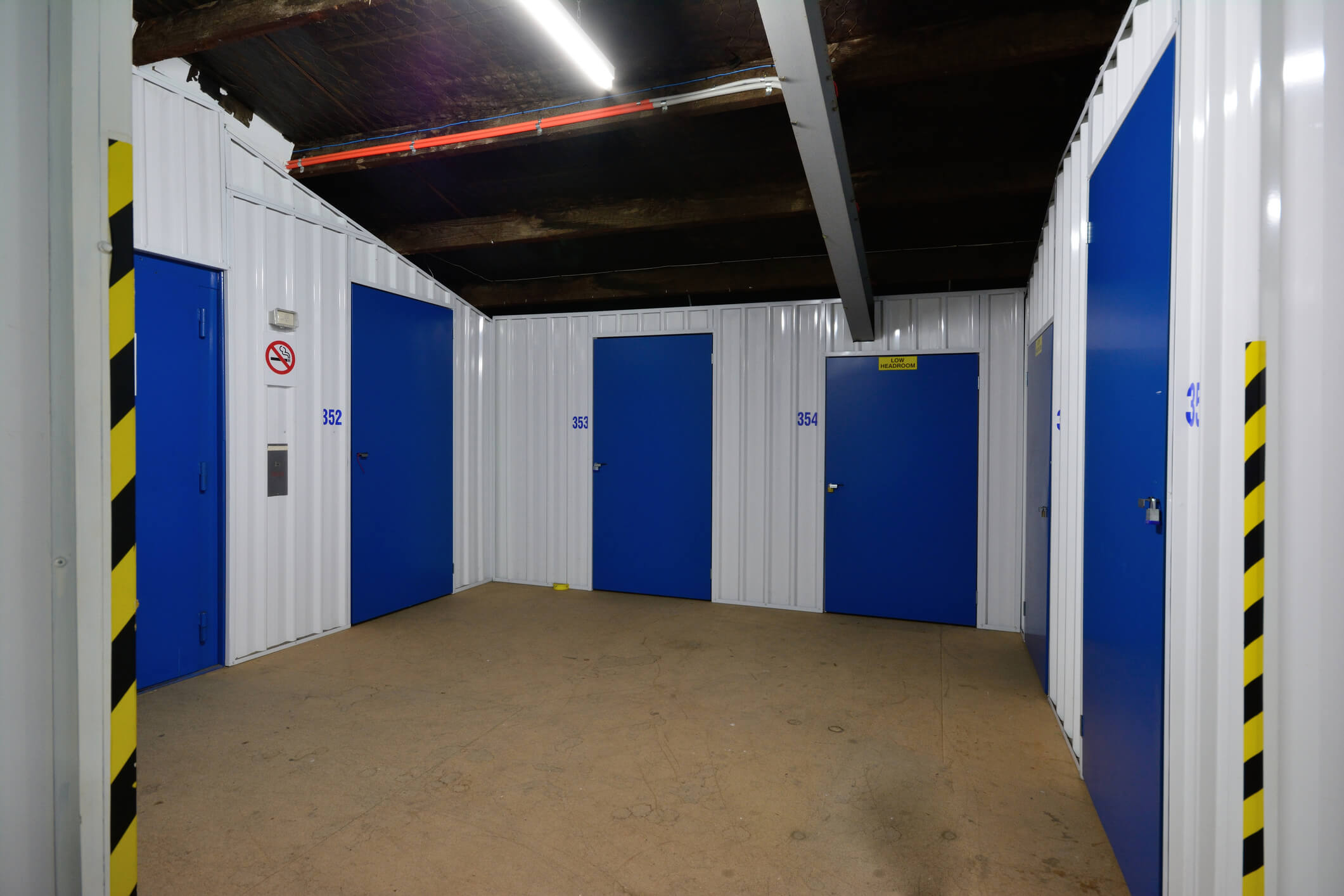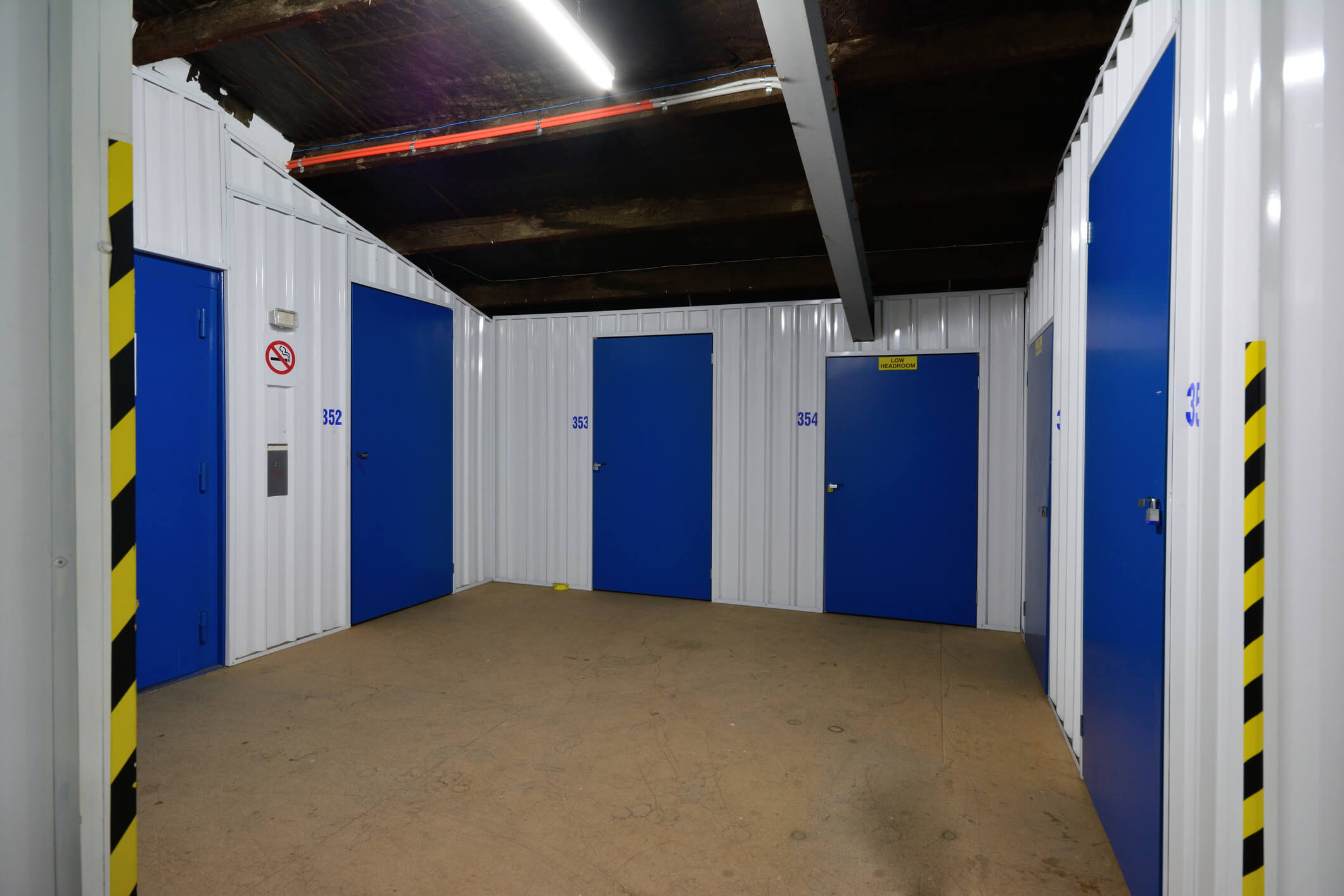Running a storage facility business involves significant operational risks that could force temporary closure or s…
Vehicle Storage Insurance: Protecting Your Vehicles During Extended Storage
When vehicles are taken off the road for extended periods, whether for seasonal storage, restoration projects, or temporary non-use, many vehicle owners assume their standard motor insurance provides adequate protection. However, this assumption can prove costly. Vehicle storage insurance offers specialized coverage designed specifically for vehicles that aren't being driven regularly, providing essential protection while potentially reducing insurance costs.
Understanding Vehicle Storage Insurance
Vehicle storage insurance, also known as laid-up cover or storage cover, is a specialized insurance product designed for vehicles that are temporarily removed from active use. Unlike standard motor insurance, storage insurance doesn't include road risk coverage but focuses on protecting vehicles against risks they face while stationary.
This type of coverage is particularly relevant for classic car enthusiasts, seasonal vehicle owners, those undergoing vehicle restoration, or anyone who needs to store a vehicle for an extended period. The insurance recognizes that stored vehicles face different risks compared to those in regular use and adjusts coverage accordingly.
When Do You Need Vehicle Storage Insurance?
Several scenarios make vehicle storage insurance essential. Seasonal storage is common among motorcycle owners who store their bikes during winter months, or classic car owners who only use their vehicles during summer. Vehicle restoration projects often require extended storage periods while work is completed, during which standard road insurance may not be appropriate or cost-effective.
Military deployment, extended travel, or temporary relocation can necessitate vehicle storage. Students who leave vehicles at home during university terms, or individuals recovering from medical conditions that prevent driving, may also benefit from storage insurance. Additionally, vehicle dealers or collectors with multiple vehicles not in regular use often utilize storage insurance for cost-effective protection.
What Does Vehicle Storage Insurance Cover?
Storage insurance typically covers fire damage, which remains a significant risk even for stationary vehicles. Theft protection is crucial, as stored vehicles can be attractive targets, particularly if stored in less secure locations. Weather damage coverage protects against storms, flooding, hail, and other natural disasters that could damage stored vehicles.
Vandalism and malicious damage coverage protects against intentional damage by third parties. Some policies include limited accidental damage cover for incidents that might occur during storage, such as damage from falling objects or structural collapse of storage facilities.
Many storage insurance policies also provide coverage for vehicle recovery if the vehicle is stolen and later recovered in a damaged condition. Some comprehensive storage policies may include coverage for spare parts, tools, and accessories stored with the vehicle.
Types of Storage Insurance Coverage
Fire and theft coverage represents the most basic level of storage insurance, protecting against these two primary risks at the lowest cost. This option suits vehicle owners confident about other aspects of their storage security but wanting protection against major risks.
Comprehensive storage insurance provides broader protection, including weather damage, vandalism, and accidental damage. This coverage level suits valuable vehicles or those stored in locations with higher risk exposure.
Some insurers offer flexible storage insurance that can be activated and deactivated as needed, perfect for vehicles that alternate between storage and active use throughout the year. This flexibility prevents gaps in coverage while avoiding unnecessary costs.
Benefits of Vehicle Storage Insurance
Cost savings represent a primary benefit of storage insurance. Since stored vehicles aren't driven, they don't require road risk coverage, resulting in significantly lower premiums compared to standard motor insurance. These savings can be substantial, particularly for high-value or high-performance vehicles.
Storage insurance maintains continuous insurance history, which can be important for future insurance applications. Gaps in insurance coverage can result in higher premiums when returning to standard motor insurance, making storage insurance a cost-effective way to maintain coverage continuity.
The specialized nature of storage insurance means coverage is tailored to actual risks faced by stored vehicles, providing more relevant protection than attempting to maintain full motor insurance for a vehicle that isn't being driven.
Choosing the Right Storage Location
The storage location significantly impacts both insurance requirements and premiums. Secure indoor storage facilities typically offer the lowest insurance costs due to reduced risk exposure. These facilities often provide controlled environments, security systems, and restricted access.
Garage storage at home offers good protection and convenience but may require additional security measures to qualify for optimal insurance rates. Insurance providers often specify minimum security requirements for home storage, such as locked garages and alarm systems.
Outdoor storage presents higher risks and typically results in higher insurance premiums. However, it may be the only viable option for larger vehicles or when indoor storage isn't available. Additional protective measures, such as vehicle covers and security devices, can help reduce premiums for outdoor storage.
Security Requirements and Recommendations
Insurance providers typically specify minimum security requirements for storage insurance. These requirements vary based on vehicle value, storage location, and coverage level chosen. Common requirements include locked storage facilities, immobilization devices, and alarm systems.
For high-value vehicles, additional security measures may be required, such as tracking devices, CCTV monitoring, or professional security services. Meeting or exceeding these requirements not only ensures coverage validity but can also result in premium discounts.
Vehicle preparation for storage also impacts insurance requirements. Proper preparation, including fuel stabilization, battery maintenance, and protective covering, demonstrates responsible ownership and may influence insurance terms favorably.
Legal Considerations and SORN
When storing a vehicle, owners must consider legal requirements alongside insurance needs. In the UK, vehicles not used on public roads must be declared as Statutory Off Road Notification (SORN) with the DVLA. This declaration removes the legal requirement for road tax and standard motor insurance but doesn't eliminate the need for storage protection.
SORN declaration affects insurance requirements and options. While standard motor insurance isn't legally required for SORN vehicles, storage insurance provides valuable protection against risks that remain present. Some insurance providers require SORN declaration for storage insurance eligibility.
Understanding the relationship between SORN status and insurance coverage ensures compliance with legal requirements while maintaining appropriate protection for stored vehicles.
Claims Process and Considerations
Storage insurance claims processes typically differ from standard motor insurance claims due to the nature of covered risks. Documentation requirements may be more extensive, particularly for theft claims where proof of security measures and storage conditions may be required.
Regular vehicle inspections during storage can support claims processes by demonstrating proper care and maintenance. Photographic evidence of vehicle condition and storage setup can be valuable if claims arise.
Understanding policy terms and conditions is crucial, particularly regarding access to stored vehicles, notification requirements for location changes, and any restrictions on vehicle use during the storage period.
Cost Factors and Premium Considerations
Several factors influence storage insurance premiums. Vehicle value is a primary consideration, with higher-value vehicles typically requiring higher premiums due to increased potential claim costs. Vehicle type also matters, with classic cars, motorcycles, and commercial vehicles each presenting different risk profiles.
Storage location significantly impacts premiums, with secure indoor facilities attracting lower rates than outdoor storage. Geographic location affects premiums due to varying crime rates and weather risks across different areas.
Security measures implemented can reduce premiums through discounts for approved alarm systems, immobilizers, and tracking devices. The duration of storage may also influence pricing, with longer-term storage sometimes attracting better rates.
Transitioning Between Storage and Active Use
Many vehicle owners need flexibility to transition between storage and active use. Some insurance providers offer policies that can be easily modified to add or remove road risk coverage as needed. This flexibility prevents coverage gaps and ensures continuous protection.
Planning transitions in advance ensures smooth coverage changes without interruption. Understanding notice requirements and any restrictions on frequency of changes helps avoid complications when switching between storage and active use coverage.
Some insurers offer annual policies with flexible usage options, allowing specified periods of active use within a primarily storage-focused policy. These arrangements can be cost-effective for seasonal vehicle use patterns.
Common Exclusions and Limitations
Storage insurance policies typically exclude road risk coverage, meaning any use of the vehicle on public roads would void coverage. Understanding these exclusions prevents inadvertent policy breaches that could result in claim rejection.
Wear and tear exclusions apply to storage insurance as with other insurance types. Gradual deterioration due to age or lack of maintenance isn't covered, emphasizing the importance of proper storage preparation and maintenance.
Some policies may exclude coverage for vehicles stored in certain locations or under specific conditions. Understanding these limitations ensures appropriate storage arrangements and prevents coverage gaps.
Specialist Considerations for Different Vehicle Types
Classic and vintage vehicles often require specialized storage insurance due to their unique values and restoration considerations. Agreed value policies may be more appropriate than market value coverage for these vehicles, ensuring adequate compensation based on actual worth rather than standard market valuations.
Commercial vehicles in storage may require different coverage considerations, particularly if they contain specialized equipment or tools. Understanding the specific needs of commercial vehicle storage ensures appropriate coverage selection.
Motorcycles present unique storage challenges and opportunities. Their smaller size often allows for more secure storage options, potentially reducing insurance costs. However, their popularity with thieves may require enhanced security measures.
Making the Right Choice for Your Needs
Selecting appropriate vehicle storage insurance requires careful consideration of individual circumstances, vehicle value, storage conditions, and budget constraints. Comparing options from multiple providers ensures the best combination of coverage and cost.
Professional advice from insurance specialists familiar with storage insurance can provide valuable guidance, particularly for high-value or unique vehicles. Understanding policy terms and conditions thoroughly prevents surprises and ensures coverage meets actual needs.
Regular policy reviews ensure coverage remains appropriate as circumstances change. Storage conditions, vehicle values, and personal needs may evolve, requiring policy adjustments to maintain optimal protection.
Vehicle storage insurance provides essential protection for vehicles during extended periods of non-use, offering cost-effective coverage tailored to actual risks faced by stored vehicles. By understanding coverage options, requirements, and considerations, vehicle owners can make informed decisions that protect their investments while managing costs effectively.
Whether storing a classic car for winter, keeping a motorcycle during off-season, or protecting a vehicle during extended travel, appropriate storage insurance ensures peace of mind and financial protection. The specialized nature of this coverage makes it an important consideration for any vehicle owner facing extended storage needs.


 0330 127 2333
0330 127 2333

